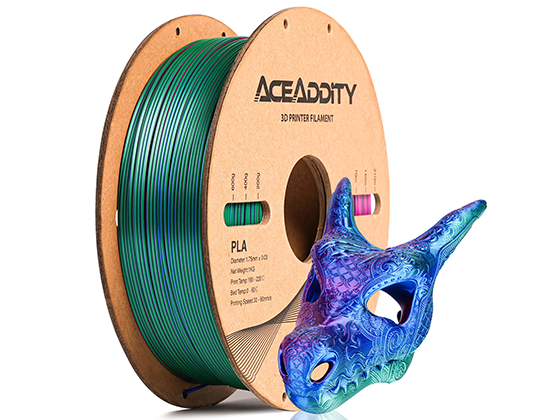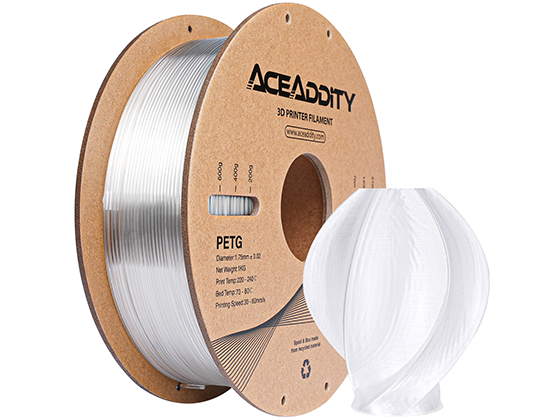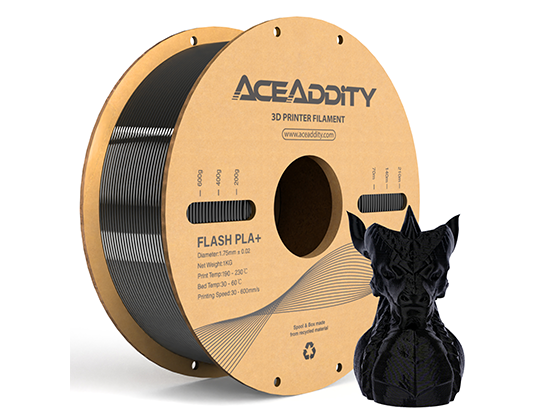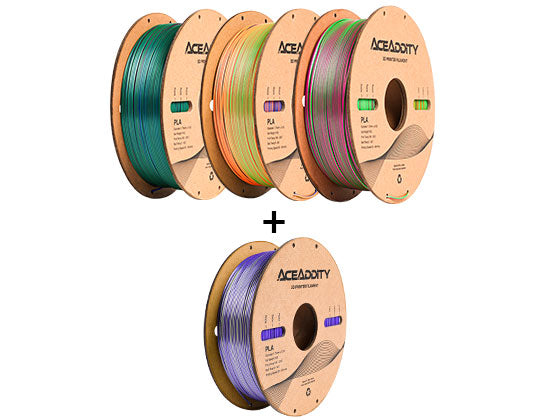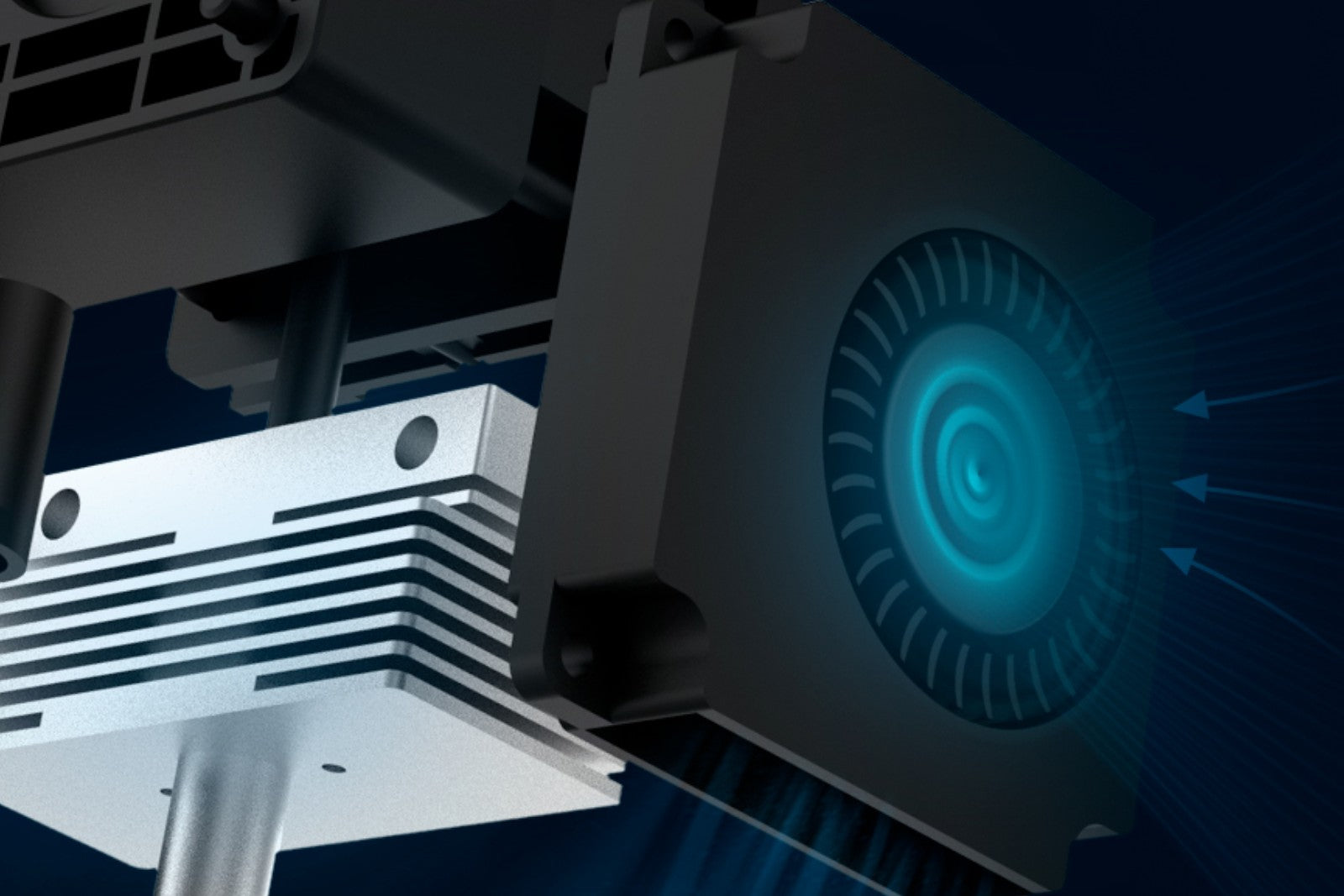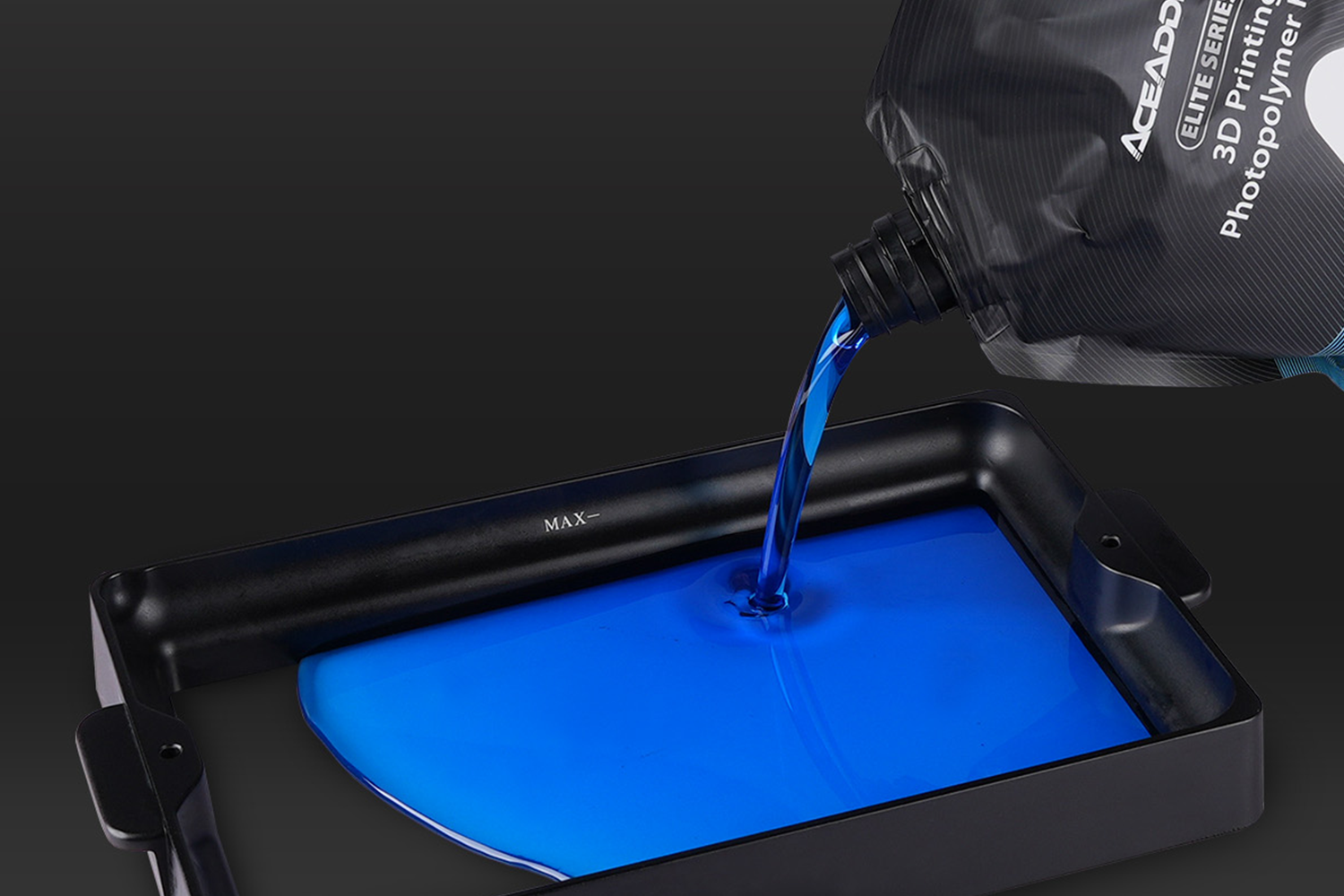3D printing has become increasingly popular in recent years, with more and more people using this technology to bring their ideas to life. When it comes to 3D printing, there are two main types: 3D resin printing and 3D filament printing.
3D resin printing, also known as stereolithography (SLA), uses a vat of liquid resin that is cured by ultraviolet light to create three-dimensional objects. The liquid resin is selectively cured by a UV laser or other light source, building the object layer by layer until the entire model is complete. This method is known for its high level of detail and smooth surface finish, making it ideal for applications where precision is key.
3D filament printing, also known as fused deposition modeling (FDM), involves melting plastic filament and extruding it through a nozzle to create the object layer by layer. The filament is melted and extruded onto a build platform, with the layers bonding together to form the final object. This method is known for being more versatile than 3D resin printing, as it can use a wide range of materials, including PLA, ABS, and nylon.
While both 3D resin printing and 3D filament printing share some similarities, they have distinct differences that make each method better suited for certain applications. Here is a point-by-point comparison of the similarities and differences between the two methods:
Similarities:
- Both 3D resin printing and 3D filament printing require a digital model to be created before printing can begin.
- Both methods can be used to create a wide range of objects, from simple models to complex prototypes.
Differences:
- Material Cost: 3D resin printing uses liquid resin, while 3D filament printing uses plastic filament. The liquid resin used in 3D resin printing tends to be more expensive than filament, which can impact the cost of the final product.
- Detail: 3D resin printing is known for its high level of detail and smooth surface finish, making it ideal for applications where precision is key. On the other hand, 3D filament printing can produce objects with a lower level of detail and a rougher surface finish.

- Process: 3D resin printing uses a vat of liquid resin that is cured by ultraviolet light to create three-dimensional objects. In contrast, 3D filament printing involves melting plastic filament and extruding it through a nozzle to create the object layer by layer.
- Versatility: While both methods can be used to create a wide range of objects, 3D filament printing is known for being more versatile than 3D resin printing. Filament printers can use a wide range of materials, including PLA, ABS, and nylon, while resin printers are limited to a smaller range of materials.
- Post-processing: Objects printed using 3D resin printing require post-processing, such as rinsing and curing, to remove excess resin and harden the final product. In contrast, objects printed using 3D filament printing can be used immediately after printing without additional post-processing.
In conclusion, understanding the differences and similarities between 3D resin printing and 3D filament printing is essential to selecting the best method for your project. The choice between these two methods will depend on the specific needs of the project, such as the required level of detail, size, material, and budget.


